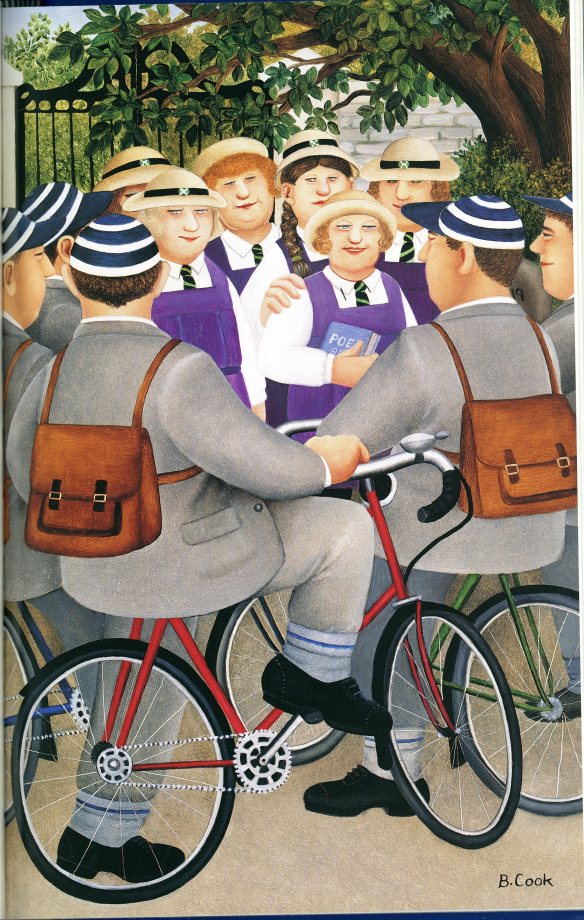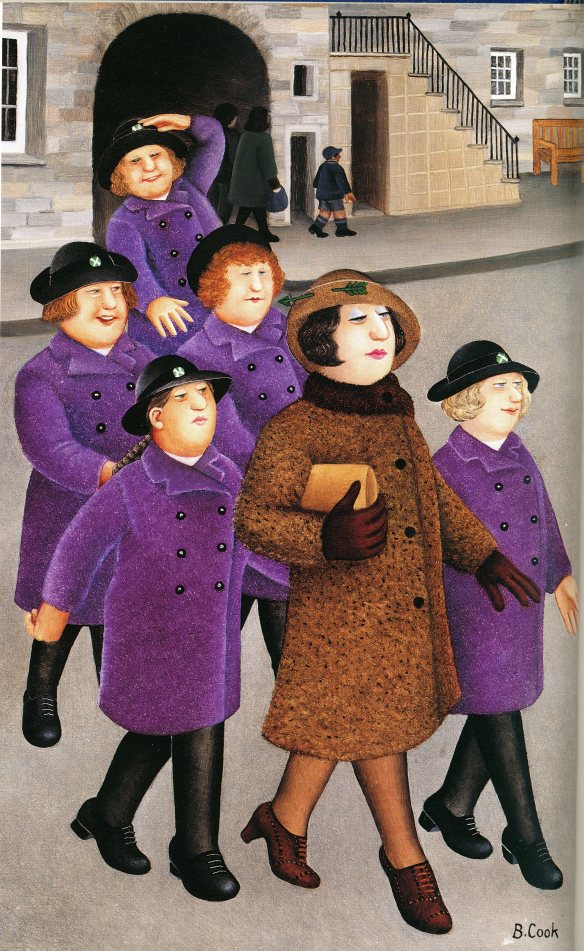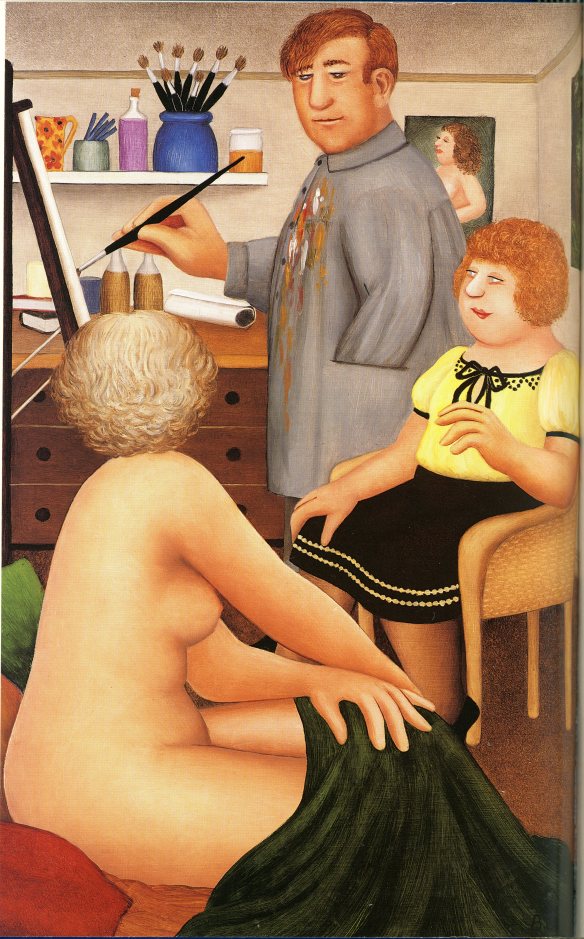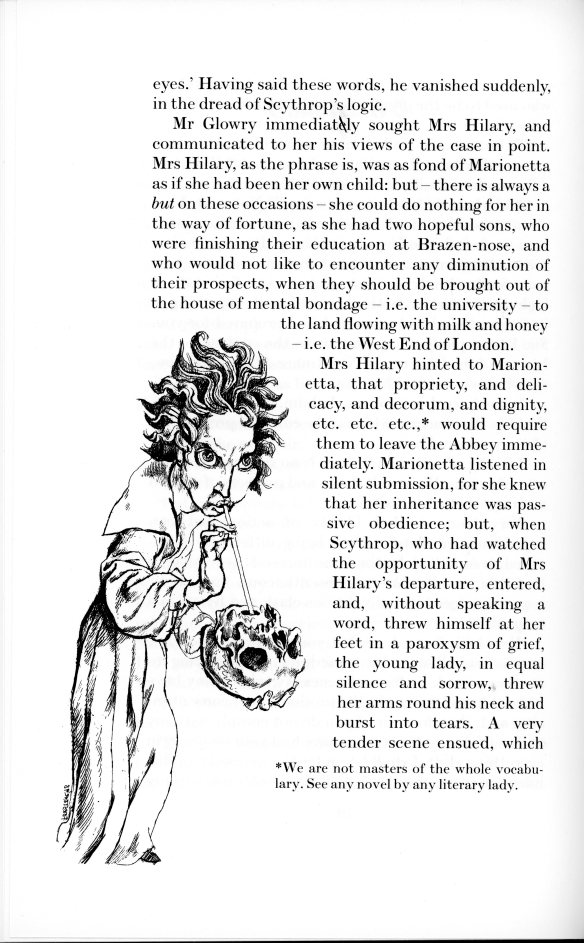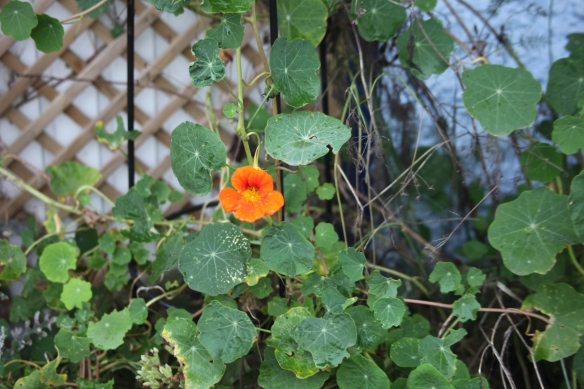After lunch I posted https://derrickjknight.com/2022/04/21/a-knights-tale-127-the-big-c/
Later I finished reading

The beautifully flowing descriptive writing in this short novel reveals the true calling of this precocious poet. The elegantly simple prose is packed with details of place, people, and events. There is no excessive padding. The introspective nature of the author is reflected in the emotional life of his main protagonist who is introduced in earlier sections, before we meet him through his diary. As usual I will not reveal details of the story, which involves insights into early 19th century Russian culture familiar to those of Lermontov’s class.
As always, the work of the translator was important. Reginald Merton seems to have caught the exquisite essence of the original in a language which I cannot read.
Peter Foster’s informative introduction puts the work and the author in the perspective of the times and the author’s literary contemporaries.



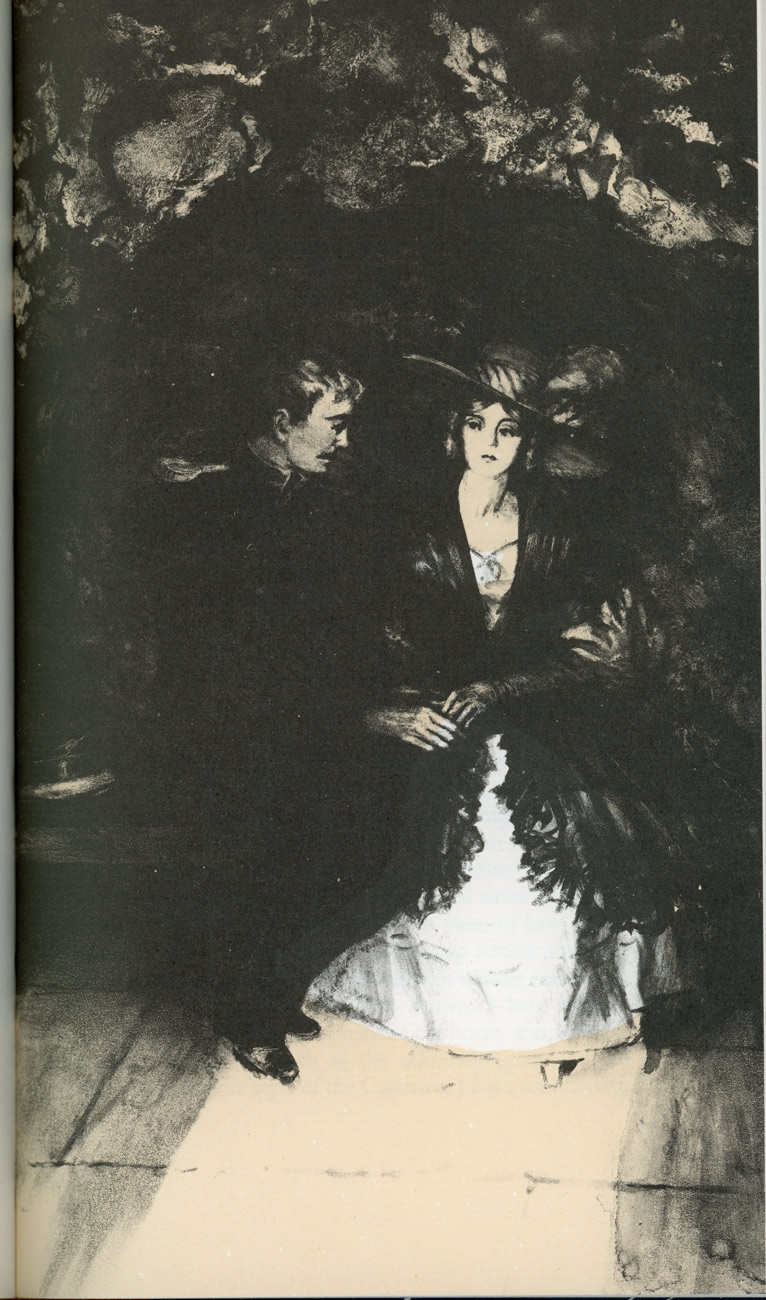


Dodie Masterman’s lithographs delicately suggest mood and atmosphere with use of muted colour and sparing detail. For example, the fifth picture in this gallery demonstrates that the encounter is not going too well.


I hope I am not giving anything away by saying that the design on the .front and back boards has reverberations both for the author and for his protagonists. Ultimately this book is an exploration of predestination.
This evening we dined at Lal Quilla, where my main meal was Chicken Jaljala; Jackie’s, Chom Chop Chicken; and Flo’s, Lamb Makhani; we shared pilau rice, sag paneer, and egg paratha. Jackie and I drank Kingfisher, and Flo, J2O. Food and service was as excellent as always.

On our way home Jackie photographed gulls at sunset from Milford on Sea.


